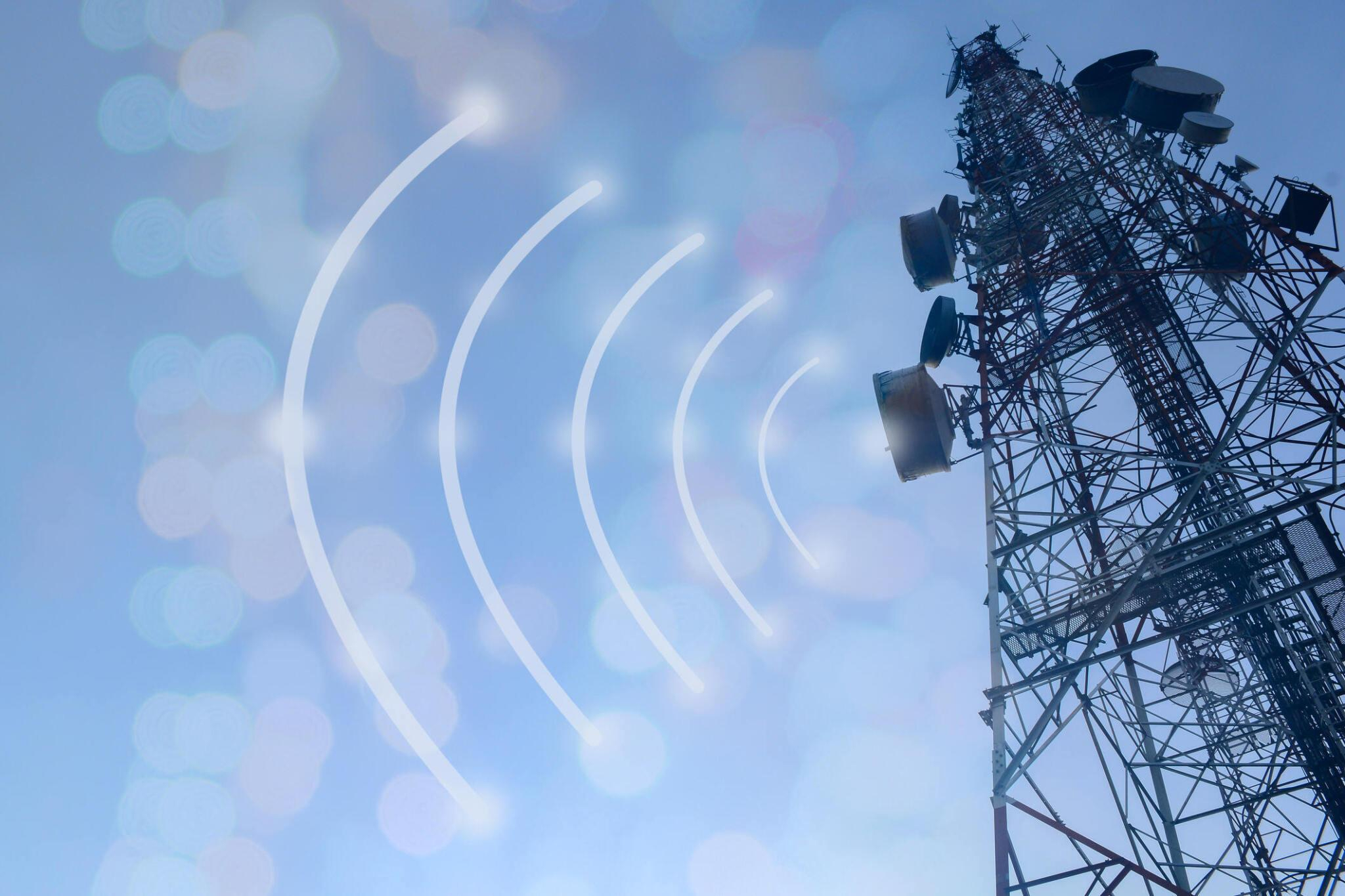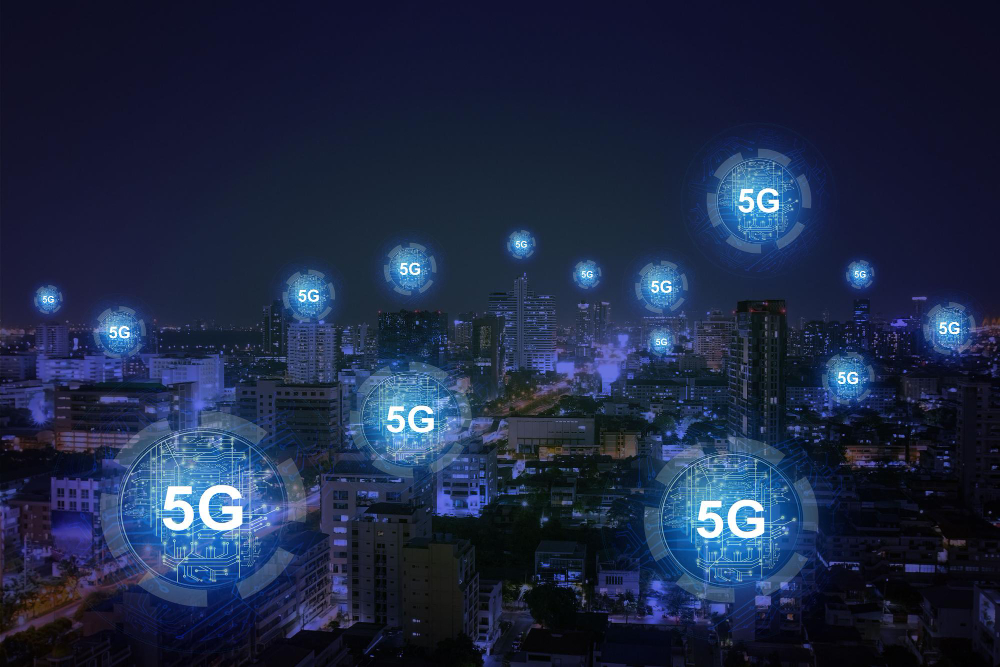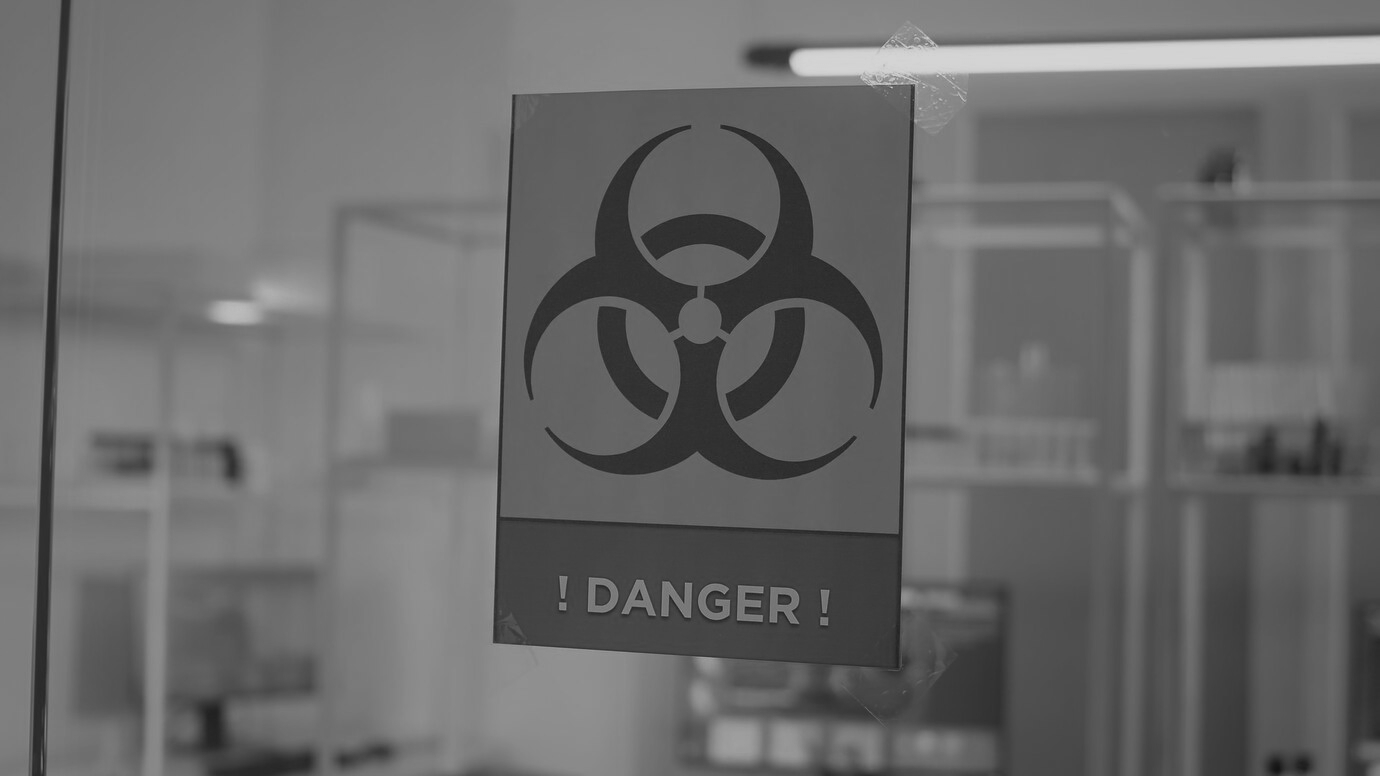5G Dangers & Health Effects
In the growing world of mobile technology, concerns about 5G dangers and its effects on health have been talked about frequently. The truth is, while 5G promises new and advanced connectivity speeds and network reliability, it also brings a cloud of uncertainty regarding its potential health impacts.
5G Technology Overview
5G technology represents a revolutionary leap forward in wireless communication, offering speeds up to 100 times faster than its predecessor, 4G. It operates on a spectrum of high-frequency bands, allowing for higher data rates and a substantial increase in network capacity.
This innovation paves the way for advancements in various sectors, including autonomous vehicles, smart cities, and Internet of Things (IoT) applications, by providing the necessary bandwidth and reducing latency to nearly real-time.
The core of 5G's efficiency lies in its use of beamforming technology, which directs signals more accurately toward the user, and small cell networks, which consist of a higher number of antennas placed closer together than in traditional networks.
Despite its potential, the rollout of 5G has sparked debates regarding its health implications, necessitating ongoing research and monitoring.
As 5G continues to evolve, it promises to transform our digital landscape for a new era of connectivity and technological possibilities.
Intensity of High Frequency Exposure
The infrastructure of 5G is different. Both 3G and 4G employ radio waves which are transferred from one large cell phone tower to another. Since microwave radiation dissipates with distance, risk is reduced if you are not directly near the source.
The high frequencies used in 5G have a short range and are limited in their ability to penetrate obstacles and dense materials. They require a preponderance of mini portable base stations that will be placed every 300 yards or so to form a dense platform that relays signals from one station to the next.
These cell sites can be easily placed on existing buildings and telephone polls, creating a background of electromagnetic energy.
What are the Main Health Concerns?
The majority of worries are centered around the potential effects of EMFs and increased radiation exposure, with a particular focus on its possible links to cancer and its impact on the skin, eyes, and even wildlife.
Radiation exposure, especially from the higher frequency spectrum used in 5G technology, has caused concern. Questions about its association with brain cancer have become a hot topic. This is because 5G networks utilize electromagnetic energy to transmit data, which, unlike ionizing radiation (such as X-rays), is non-ionizing and has not been conclusively proven to damage DNA or tissues directly. However, the rapid expansion of this technology has led to calls for more comprehensive research into its long-term health risks and side effects.
Another area of concern is the impact of 5G on the skin and eyes. Given that the skin is our largest organ and the first line of defense against various environmental factors, the interaction between electromagnetic energy and biological tissues warrants scrutiny. Similarly, the eyes, being highly sensitive and exposed organs, have prompted discussions about the potential for increased risks from prolonged exposure to 5G frequencies emitted from various sources, such as handheld technologies and 5g towers.
The effects on wildlife, especially birds and bees, have also been a point of focus. There is growing concern that the widespread deployment of 5G infrastructure could disrupt wildlife's natural orientation and migration patterns.
What Does Science Say?
Current available scientific evidence on 5G and its health effects are, in many ways, still inconclusive. Most studies to date have focused on the effects of mobile phone usage and earlier generations of wireless technology, with 5G-specific research catching up.
Major health organizations, including the World Health Organization (WHO), have weighed in on this issue. The WHO states on its website that "To date, and after much research performed, no adverse health effect has been causally linked with exposure to wireless technologies. Health-related conclusions are drawn from studies performed across the entire radio spectrum, but so far, only a few studies have been carried out at the frequencies to be used by 5G."
However, In 2017, a petition was signed and presented to the United Nations, calling for a moratorium on the implementation of 5G due to health risks. Presented by a collective of more than 180 medical doctors from 35 countries, this international plea was part of a resulting investigation on the biological and health risks of EMF radiation initiated in 2015. Findings cited an increased cancer risk, cellular stress, genetic damage, premature aging, reproductive problems, and neurological disorders.
Regulatory Standards for 5G
In the era of fifth-generation wireless technology, while there hasn't been a ton of confirmed evidence of harmful effects, safety and health standards are still critical. This leap in technology promises to enhance our devices' functionality, transforming how we live, work, and connect.
However, with these advancements come concerns about community health and safety, which are addressed through rigorous standards and guidelines by leading global organizations.
Global Oversight for 5G Safety
Regulatory bodies worldwide have developed frameworks to make sure 5G technology remains within safe exposure limits. These standards are based on a thorough review of peer-reviewed scientific literature, covering decades of research into the effects of non-ionizing radiation on human health.
- International Guidelines: The International Commission on Non-Ionizing Radiation Protection (ICNIRP) has issued guidelines addressing the frequency ranges of EMFs. These guidelines consider the latest science to ensure public safety, offering a blueprint for countries to adapt and enforce.
- National Regulations: In countries like the United States, the Federal Communications Commission (FCC) oversees the deployment of 5G networks so all service providers, including third-party providers, comply with safety. These regulations are designed to protect the community from potential health risks without stifling technological progress.
Minimizing Potential Risks
For heavy cell phone users and those living with EMFs in your home, it's important to minimize exposure. While the consensus from regulatory bodies points to the safety of 5G, adopting cautious habits can help individuals feel more in control:
- Maintain Distance: Keeping your device at a distance when not in use can reduce exposure. Use hands-free options or speakerphone to keep your device away from your head and body.
- Manage Exposure: Be mindful of your exposure time, especially if you are a heavy cell phone user. Simple changes, such as switching to a wired connection when possible, can make a difference.
- Rely on Credible Sources: With a lot of misinformation circulating, it's vital to rely on updates from credible organizations. Regularly consult peer-reviewed scientific literature and statements from established health organizations for the latest findings on 5G and health.
- Choose Devices Wisely: Opt for a browser and internet device that provides enhanced functionality with efficient use of the network, potentially reducing the need for prolonged high-speed data transmission.
Public and Community Actions
Communities can initiate discussions by hosting forums that bring together local stakeholders and experts to examine scientific evidence regarding the effects of electromagnetic radiation from mobile networks. These discussions should emphasize the importance of safeguarding public health, especially in sensitive areas such as schools and residential neighborhoods.
By petitioning for regulations informed by the latest scientific findings, communities and individuals encourage the development and enforcement of standards that prioritize health. Engaging in public consultations offers a direct channel to express concerns and advocate for technologies that minimize human exposure to electromagnetic fields, including those emitted by browsers and internet devices.
Supporting research that investigates the long-term health effects of 5G radiation is crucial. Collaboration with independent researchers to generate solid scientific evidence can guide the responsible rollout of 5G networks. Also, advocating for open access to data from 5G deployments can enable independent assessments of technology safety.
Educational campaigns focused on safe technology use, including strategies to reduce exposure from browsers and internet devices, empower communities with knowledge. These initiatives can also promote devices designed to lower electromagnetic radiation exposure, contributing to a healthier interaction with technology.
Embracing the 5G with Safety Confidence
With a 5G-powered future ahead of us, it promises effecient possibilities alongside potential effects that should have our attention. Balancing 5G's potential with a commitment to protecting health, privacy, and community well-being will be our collective goal.
Let's move forward with informed confidence and shape a future where technology enhances our lives without compromising what we hold dear.
Know Your EMF Health Risks
- Cell and Smart Phones
- Electrostress from Computers
- EMFs in the Home
- Electrostress and Travel
- Is Wi-Fi Dangerous? Here’s What You Need to Know
- How to Protect Yourself in the Age of 5G Side Effects
- Power Lines
- Cell Towers
- Radiation from the Earth
- EMFs from Underground Pipes
- Smart Meters
Choose Products to Protect Yourself

Protect Yourself with SafeSpace Technology
 |
EMF Adapter:
This device is specifically designed to address the electromagnetic radiation emitted by wireless networks. By simply plugging this adapter into an outlet, it works to neutralize the surrounding electromagnetic fields, reducing the potential adverse health effects associated with prolonged exposure to cell phones and other devices operating on 5G networks.
|
 |
Radiant Room:
This provides a broader scope of protection, targeting entire living or working spaces. This device is engineered to create a safe haven, shielding inhabitants from the pervasive electromagnetic waves that have become a byproduct of our increasingly digital world. It's a proactive measure against the 5G dangers, ensuring spaces are not only technologically advanced but also health-conscious.
|
 |
Smart Patch:
This offers a portable layer of protection. This innovative accessory attaches directly to cell phones, laptops, and other electronic devices, diminishing the user’s direct exposure to electromagnetic radiation. It's a simple yet effective way to safeguard against the adverse health effects of 5G, blending seamlessly with our digital lifestyles.
|
 |
VitaPlex Pendant:
This offers both non-ionizing radiation protection and peace of mind. Wearing this pendant can help harmonize the body’s natural energy against the disruptions caused by electromagnetic radiation from 5G networks. It's a stylish solution for those concerned about the impact of cell phones and other devices on their human health, providing a constant shield against the invisible dangers of electromagnetic fields. This could work for tissue heating, which occurs when your skin absorbs electromagnetic energy.
|
These products address the critical concerns surrounding 5G dangers, offering practical and effective solutions to reduce exposure to electromagnetic radiation. These innovations not only contribute to a safer environment but also foster a more informed and health-conscious approach to navigating the complexities of modern technology.





